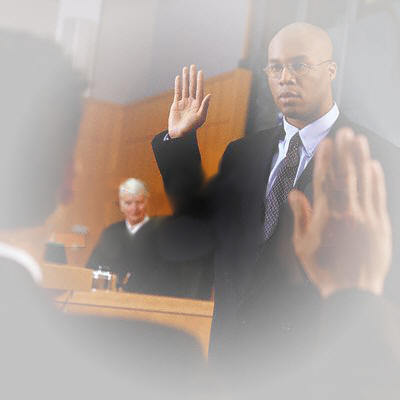One of the common mistakes claimants make is coming to the mediation with a set, firm “floor” settlement figure in their mind. This approach has seriously downside. First and foremost, mediation is a process that requires at least some compromise from both parties. Statistically, most cases that go to mediation settle, but it is also true that to be successful at mediation you have to take less than you were initially willing or give more than you initially wanted.
Being open minded about the settlement of your case during the mediation is particularly important in wrongful termination and other employment cases, as these are particularly challenging cases, in which liability is almost always an issue. Unlike in other cases, such as car accident, in which it’s typically clear and uncontested whose fault the accident is, and the only questions is how much the innocent victim should recover in damages, discrimination, retaliation, and other wrongful termination claims require proving motive. Direct evidence of illegal motive by the employer, such as open admission of guilt, is almost never available, and the aggrieved employee has to rely on circumstantial evidence to prove his/her case. In addition, the employer often have defenses that are hard to disprove, which include misconduct, insubordination and poor performance, which are inherently subjective and so easy for the employer to argue, unless you have a stellar, long-standing performance record.
The above and other factors all suggest that it is in your best interest to be open minded about the settlement value of your case at a mediation. It does not mean that you have to sell short a good case with compelling facts and reliable witnesses, but it does mean that you should listen carefully to the arguments of everyone else who shows up at mediation about the strengths and the weaknesses of your case, as all of the other present at the proceedings likely have much more experience in employment law and with trials and juries than you do.






 The panel’s examination shall be at the school district’s expense and must take place within 15 days of the suspension or transfer. A written report must be submitted by the panel to the board within 10 days and shall contain a finding as to “whether the employee is suffering from mental illness of such a degree as to render him/her incompetent to perform his/her duties.” During this process, the employee shall continue to receive his regular salary and all other benefits of employment.
The panel’s examination shall be at the school district’s expense and must take place within 15 days of the suspension or transfer. A written report must be submitted by the panel to the board within 10 days and shall contain a finding as to “whether the employee is suffering from mental illness of such a degree as to render him/her incompetent to perform his/her duties.” During this process, the employee shall continue to receive his regular salary and all other benefits of employment. 